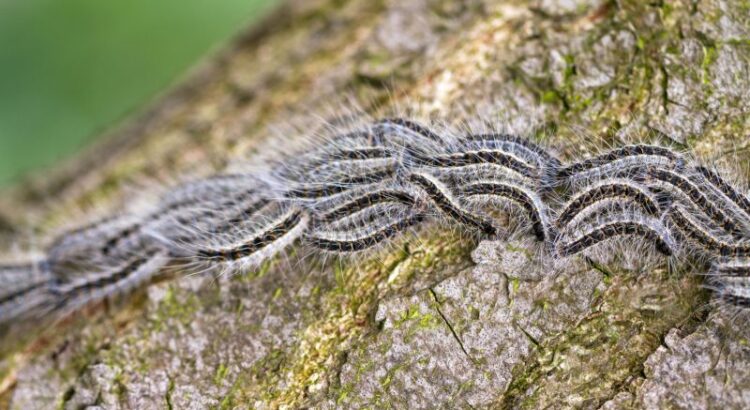Processionary Caterpillars are a danger to humans and animals alike!
Pine Processionary Caterpillars
The pine processionary is a moth of the subfamily Thaumetopoeinae in the family Notodontidae, known for the irritating hairs of its caterpillars, their processions, and the economic damage they cause in coniferous forests. Wikipedia
From the Sur in English Newspaper:
Deadly processionary caterpillars make an early appearance in Spain
The nuisance of the pine processionary caterpillar (Thaumetopoea pityocampa) has returned with force to the cities, towns and villages of Spain, «putting the health of its inhabitants and pets at risk every year», according to the country’s national association of environmental health companies (Anecpla). The organisation has insisted «systematic prevention measures are carried out to help minimise the harmful effects of this pest».
According to Anecpla, the rising temperatures and low rainfall is causing «a systematic advance of the first specimens of processionary caterpillars, well before they usually appear in late spring».
According to the president of the association, Sergio Monge, «biocidal chemicals have remained as the only, but most expensive treatment, which must be always applied by specialised professionals. It is a very effective control technique that is respectful of the environment, but the high cost is, unfortunately, a limiting factor», he said.
General director of Anecpla, Jorge Galván, warned, «minimal contact with this species can cause everything from dermatitis to eye injuries, hives and allergic reactions and even death in certain cases.»
«Direct contact with the caterpillars is not even necessary,» explains Galván, «just touching one of their hairs (which they throw as a defence strategy when they feel threatened), is enough to cause irritation and allergies, especially if they reach the eyes. These hairs are called »trichomes« and it is estimated that each individual has around 500,000, ready to act as poisoned darts when they feel they are in danger.
Despite being barely 4 centimetres long, the processionary can cause harm to animals much larger than itself, according to the group. Due to the high toxicity of their trichomes, these insects are «extremely dangerous, especially for children and domestic animals.»
«In the case of pets, especially dogs, this contact can even lead to a tragic end», warned the general director of Anecpla.
If you are visiting Nerja, make sure to keep yourself well away from these little devils.



